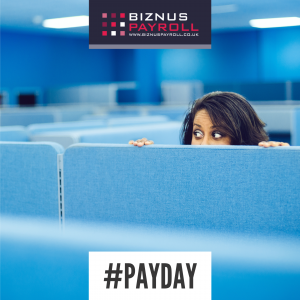 One of the many challenges that employers face is trying to work out who to enrol into their workplace pension scheme.
One of the many challenges that employers face is trying to work out who to enrol into their workplace pension scheme.
Don’t assume that only employees on the payroll will need to be assessed for auto-enrolment. Freelancers and contractors might also need to be enrolled into your workplace pension scheme.
Who needs a pension?
Anyone who earns more than £10,000 and is aged between 22 and state pension age will need to be enrolled. Other workers may ask to join your scheme and you may have to contribute if they earn over £5,824.
Where things start to get tricky is with contractors and freelancers. The Department for Work & Pensions (DWP) definition of a worker for workplace pensions is not the same as the HMRC definition of a worker for tax purposes.
What is a worker?
The DWP definition states that a worker has a contract of employment to perform services in return for reward, usually pay, or has a contract to perform work or services personally and not as part of their business (where the employer is a client).
Employees don’t necessarily need a written contract to be considered a worker, either. A contract can be implied even if it’s not written down.
If you use freelancers and contractors you’ll need to assess them at your staging date. Even if they pay tax through a tax return rather than through PAYE they may still need to be enrolled.
It’s not easy to pinpoint a single factor that would make a freelance or contractor a worker eligible for auto-enrolment. But if most of these are true then they are likely to count as workers:
- The contractor/freelancer is provided with tools, equipment or a vehicle to do the job rather than using their own
- They operate out of your premises rather than their own
- They represent you and your business name rather than their own
- If an error is made it is corrected at your cost
- The contract states that they are entitled to employee benefits such as holiday pay, sick pay and notice
Temporary staff supplied by an agency usually count as workers. If they are paid by the agency then the agency will need to enrol qualifying workers. But if they’re paid by the employer, then the employer will need to enrol the agency staff.
Who isn’t a worker?
Contractors and freelancers who work under a contract for services (ie as a self-employed contractor who doesn’t fit any of the above) will not be classed as workers and you won’t need to enrol them into a scheme.
They are unlikely to be classed as workers if:
- They have clients other than yourself
- They provide their own equipment to do the job
Limited liability partnerships
A member of a Limited Liability Partnership (LLP) will normally be regarded as a salaried member of staff who has to be automatically enrolled. The exception to this is an LLP partner who, for income tax purposes, is not employed by LLP. See Notes 107-111 of TPR Guidance: Employer duties and defining the workforce
It’s important to speak to your payroll company about assessing workers to make sure that you enrol everyone that needs to be enrolled. If you fail to auto-enrol someone who you wrongly classify as self-employed you may end up paying a large fine.
- The Pensions Regulator detailed guidance: The different types of worker
- What to do if you don’t have employees to enrol in a workplace pension scheme
- Company directors and auto-enrolment
